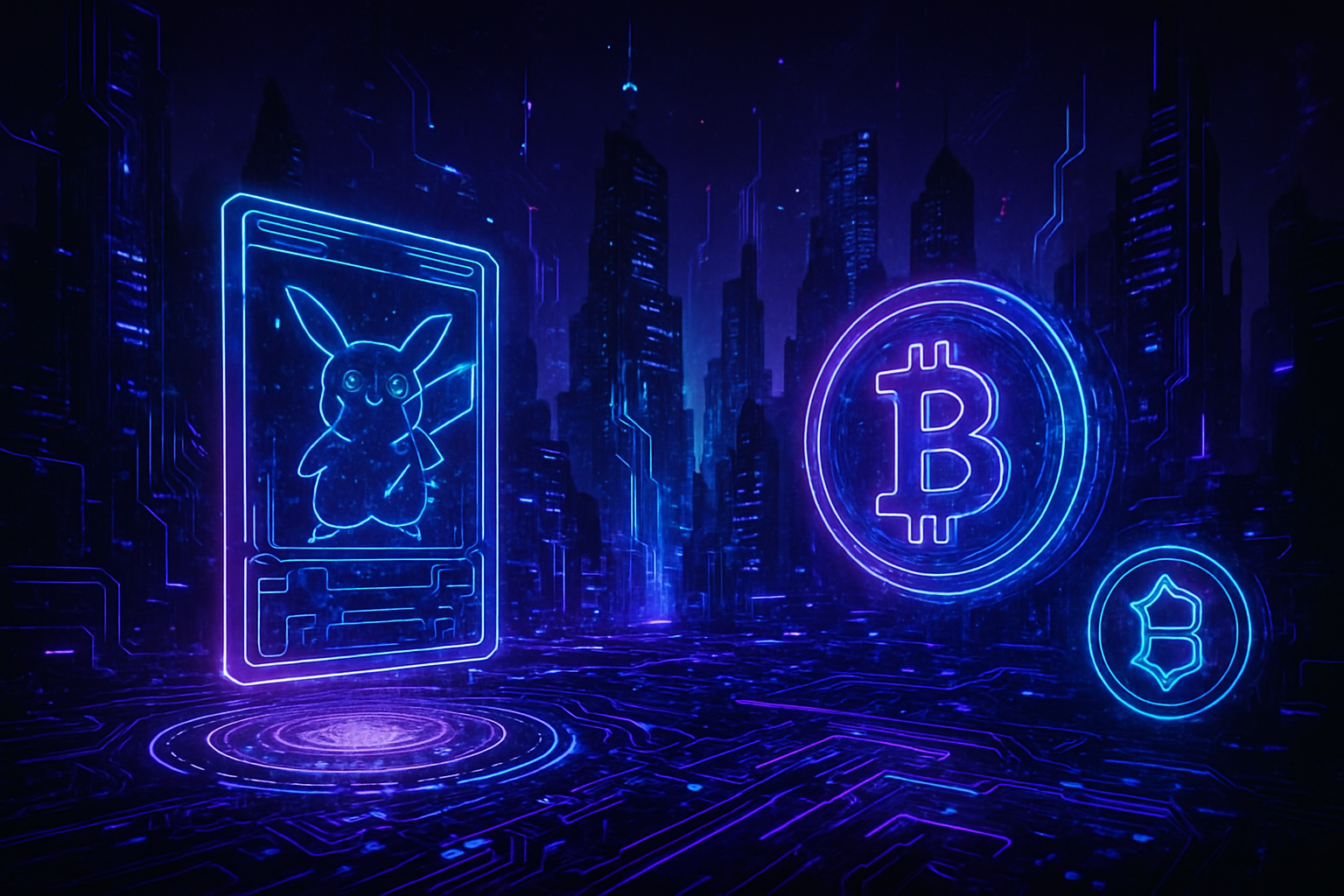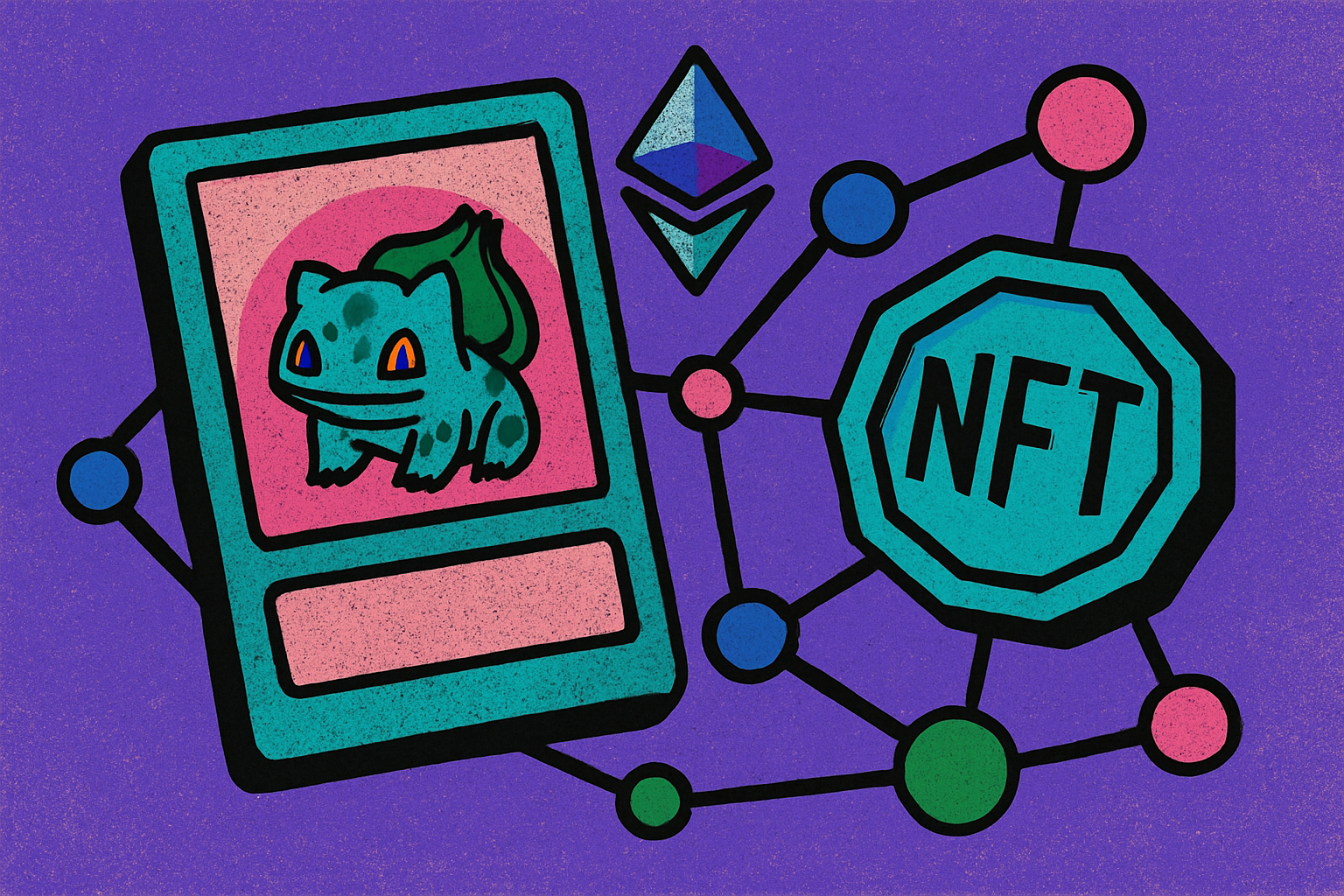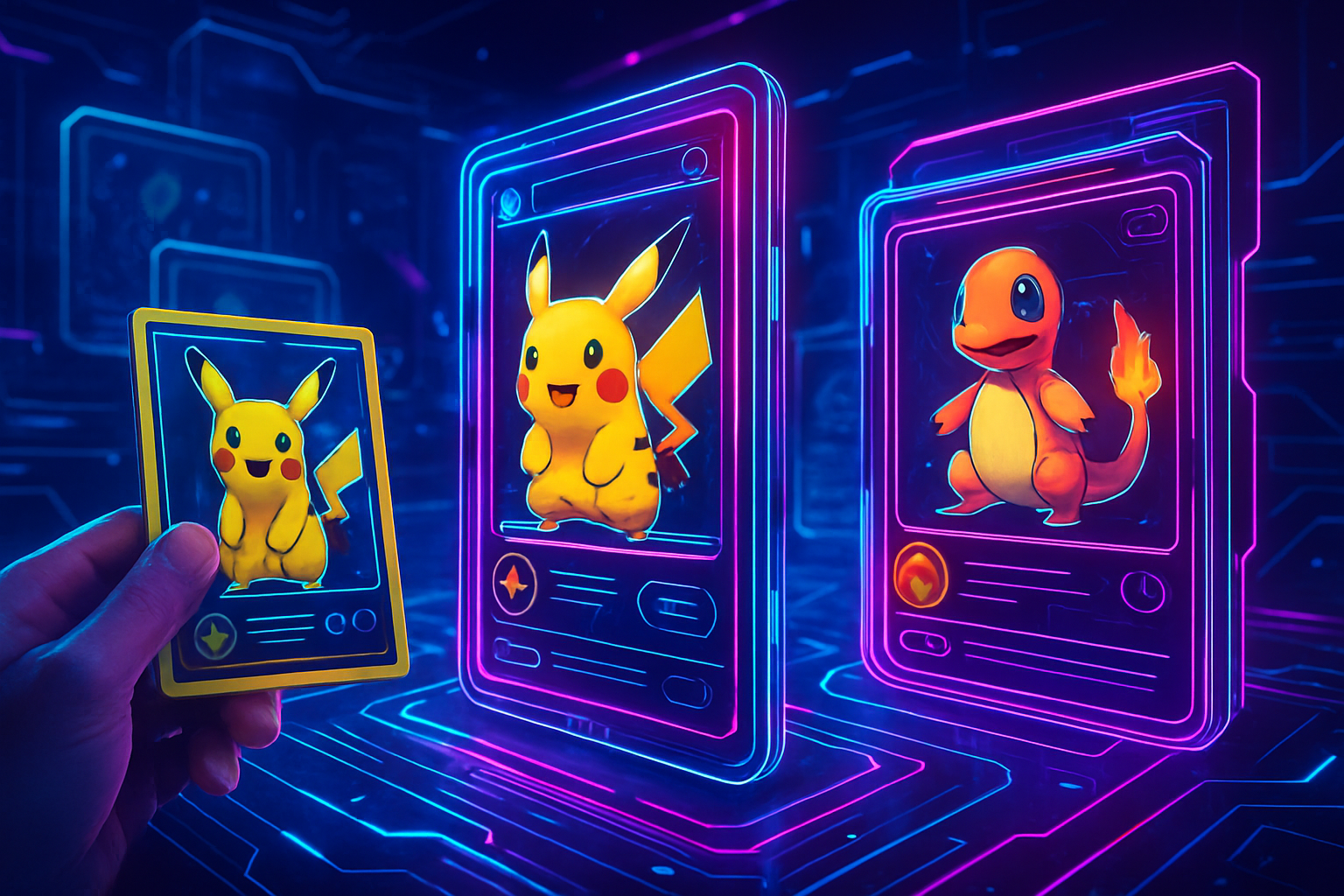
In 2025, the Pokémon card market has entered a transformative era, where nostalgia meets blockchain innovation. Tokenized Pokémon cards, NFTs that represent real, graded cards stored in secure vaults, are redefining how collectors, traders, and investors interact with this iconic hobby. The surge in Pokémon cards crypto activity is not just hype; it’s a data-driven shift powered by blockchain transparency, global accessibility, and a new breed of digital ownership.
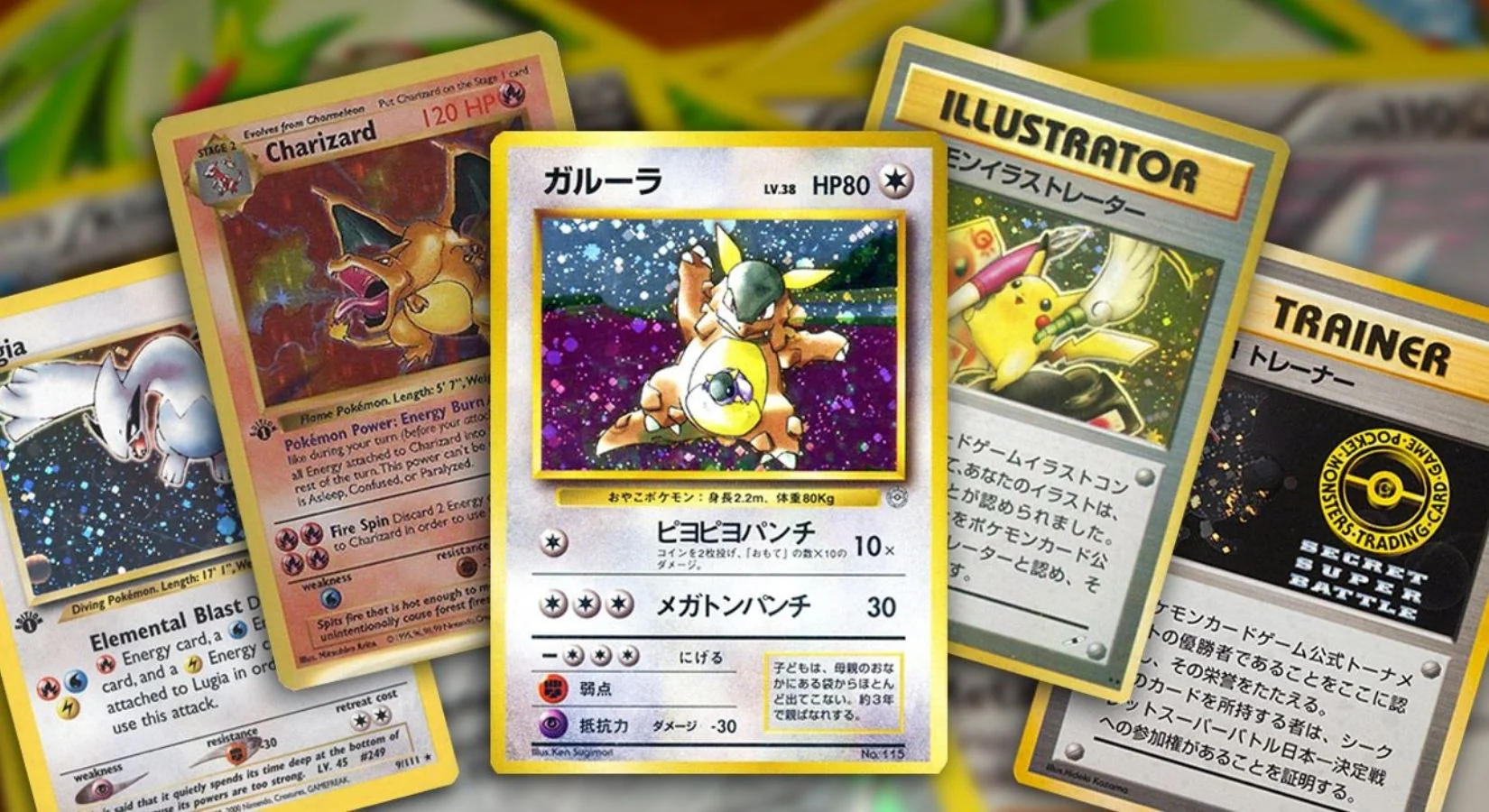
The Mechanics of Tokenized Pokémon Cards
The process begins with physical Pokémon cards, often rare or professionally graded, being submitted to specialized platforms like Collector Crypt (on Solana) or Courtyard (on Polygon). Each card is authenticated by third-party grading services to ensure legitimacy. Once verified, the card is sealed in a secure vault and a unique NFT is minted on the blockchain. This NFT acts as a digital certificate of ownership, directly tied 1: 1 to the physical asset.
This innovation allows users to trade Pokémon card NFTs globally without ever handling the fragile paper original. The NFT can be bought, sold, or even fractionally owned on dedicated marketplaces. If desired, the owner can redeem their NFT for the actual card at any time, bridging the gap between digital liquidity and tangible collectibles.
Top Features & Benefits of Tokenized Pokémon Cards in 2025
-
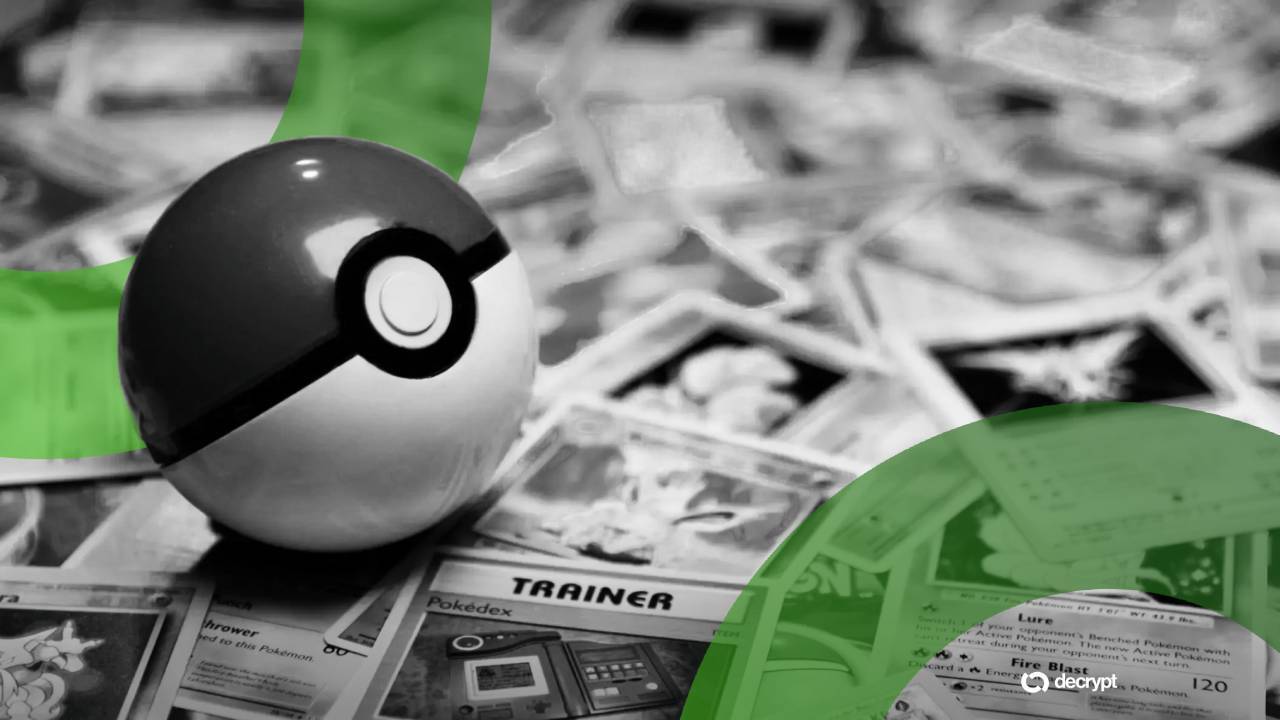
1:1 NFT-Backed Ownership — Each tokenized Pokémon card is represented by a unique NFT, directly linked to a specific, professionally graded physical card stored in a secure vault. This ensures verifiable, tamper-proof ownership for collectors and investors.
-
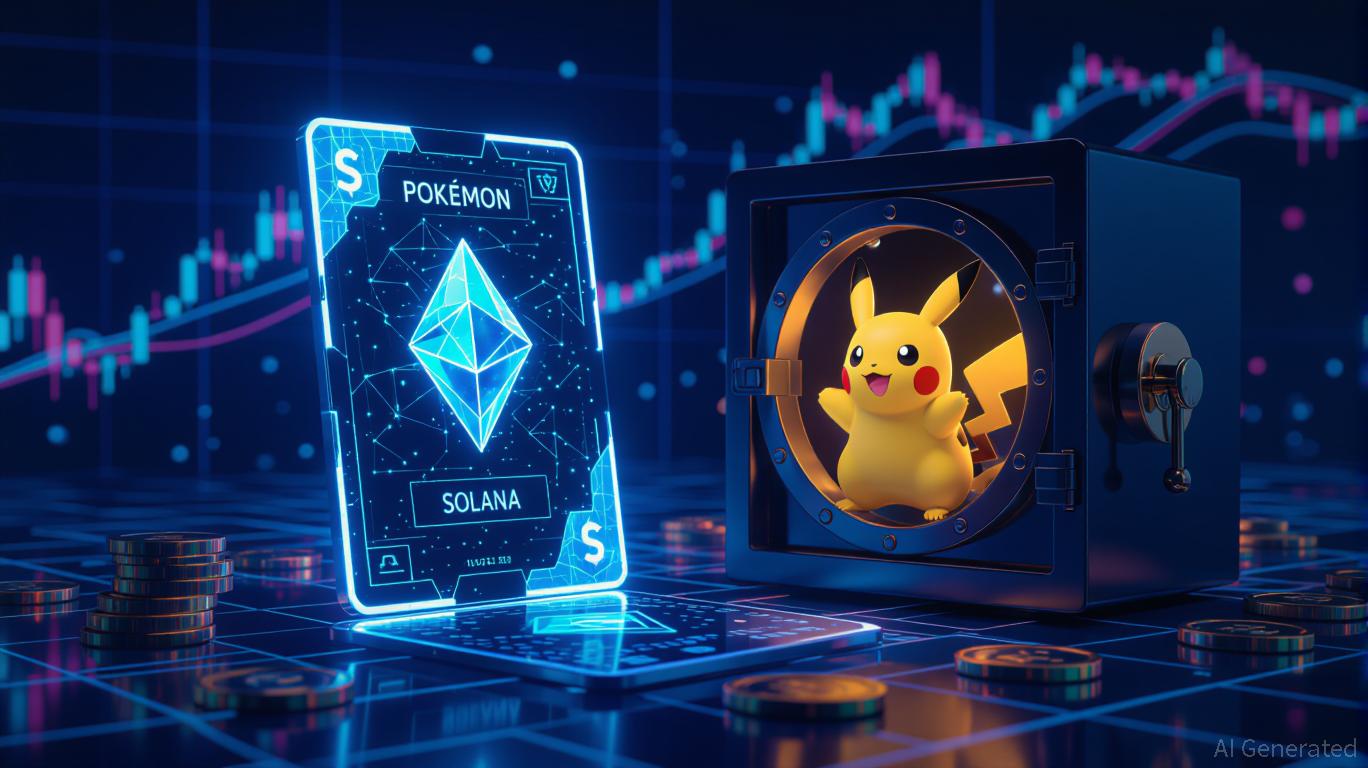
Global, 24/7 Trading — Platforms like Collector Crypt and Courtyard enable users to buy, sell, and trade tokenized cards instantly, without geographic barriers or traditional market hours.
-
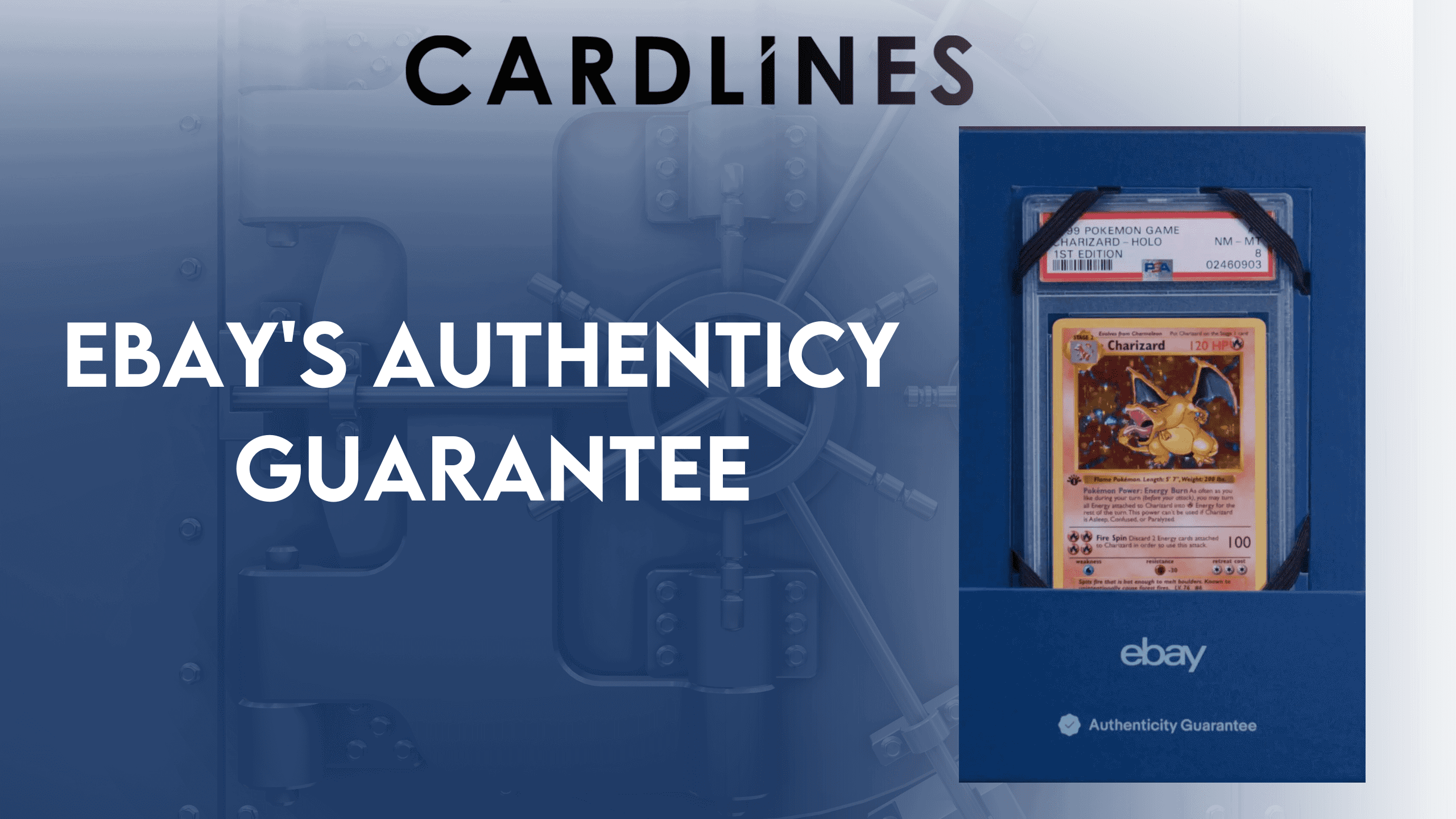
Enhanced Security & Authenticity — All cards are authenticated by professional grading services before tokenization, and blockchain records provide an immutable history of ownership, eliminating counterfeiting risks.
-
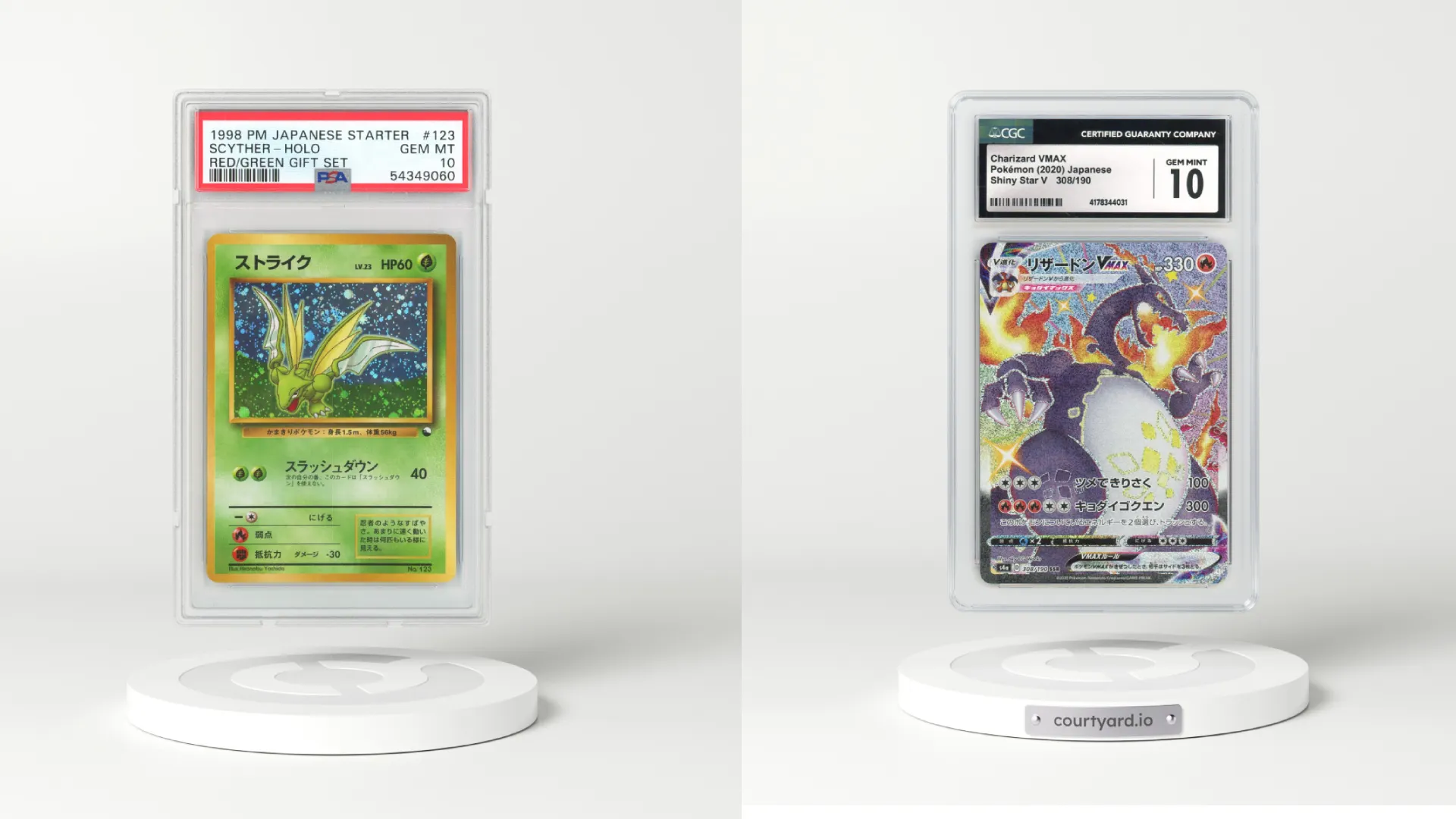
Physical Redemption — Owners can redeem their NFT for the actual physical Pokémon card at any time, ensuring full asset backing and flexibility for both digital and physical collectors.
-
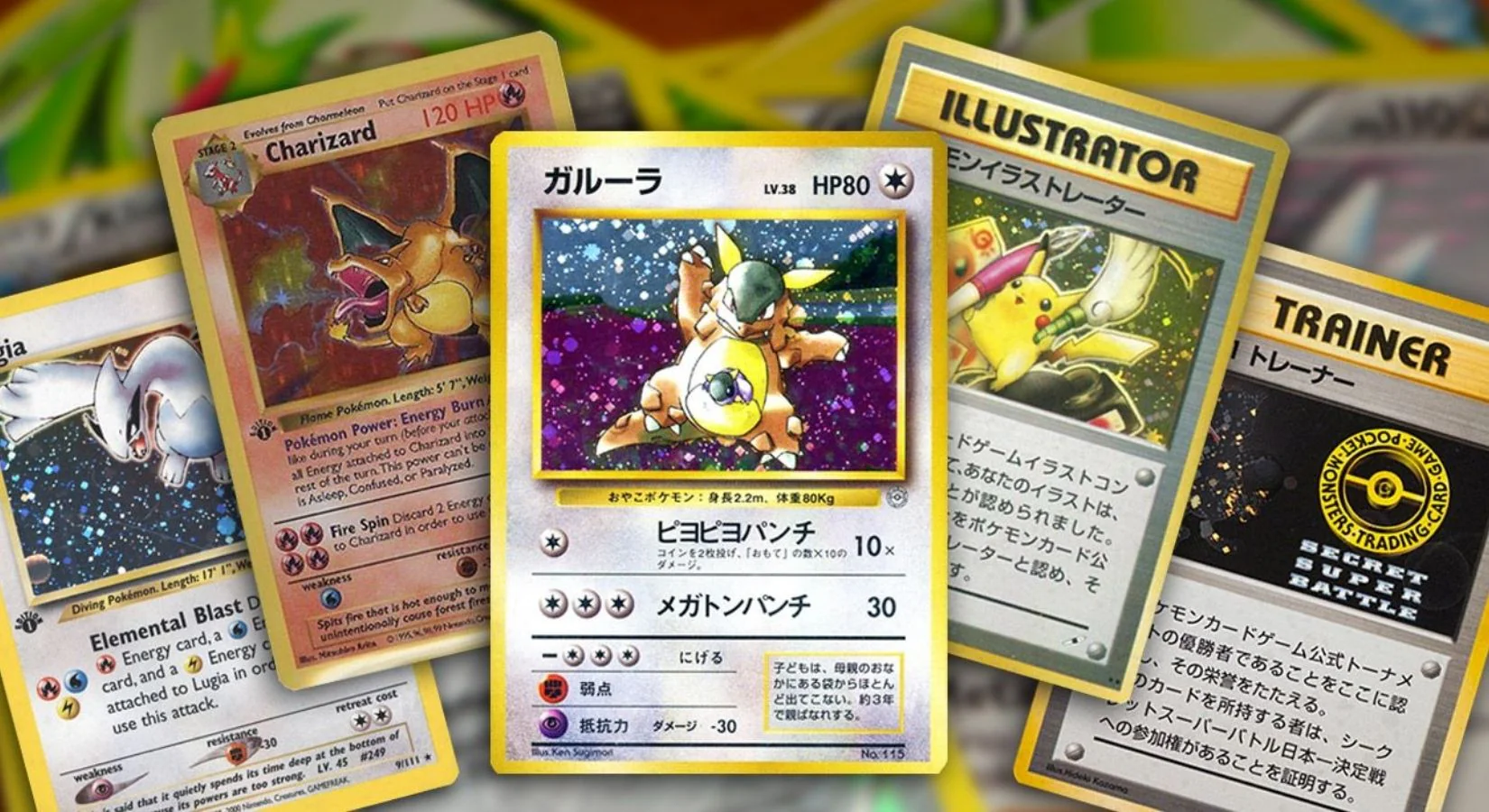
Lower Fees & Greater Liquidity — Transaction fees on tokenized platforms are typically 2–4%, much lower than traditional marketplaces (e.g., eBay’s 13.25%), and the digital format enables instant liquidity for high-value cards.
-
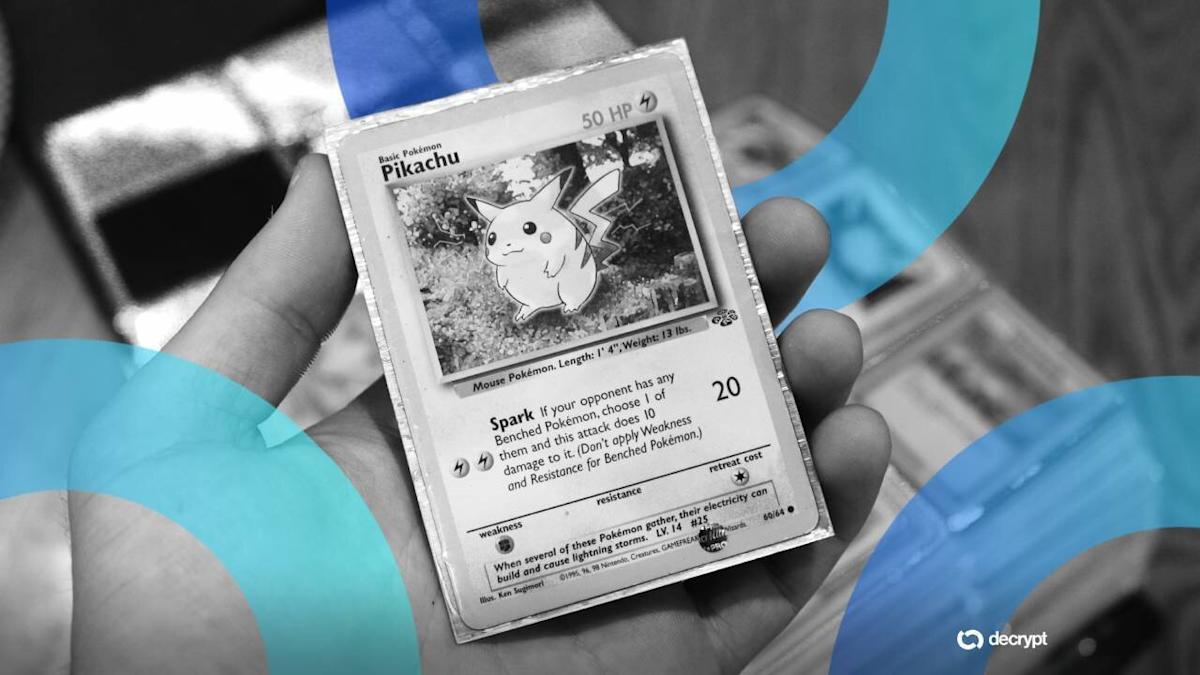
Fractional Ownership Opportunities — Some platforms allow users to own fractions of high-value cards, making investment in rare Pokémon cards more accessible to a wider audience.
-
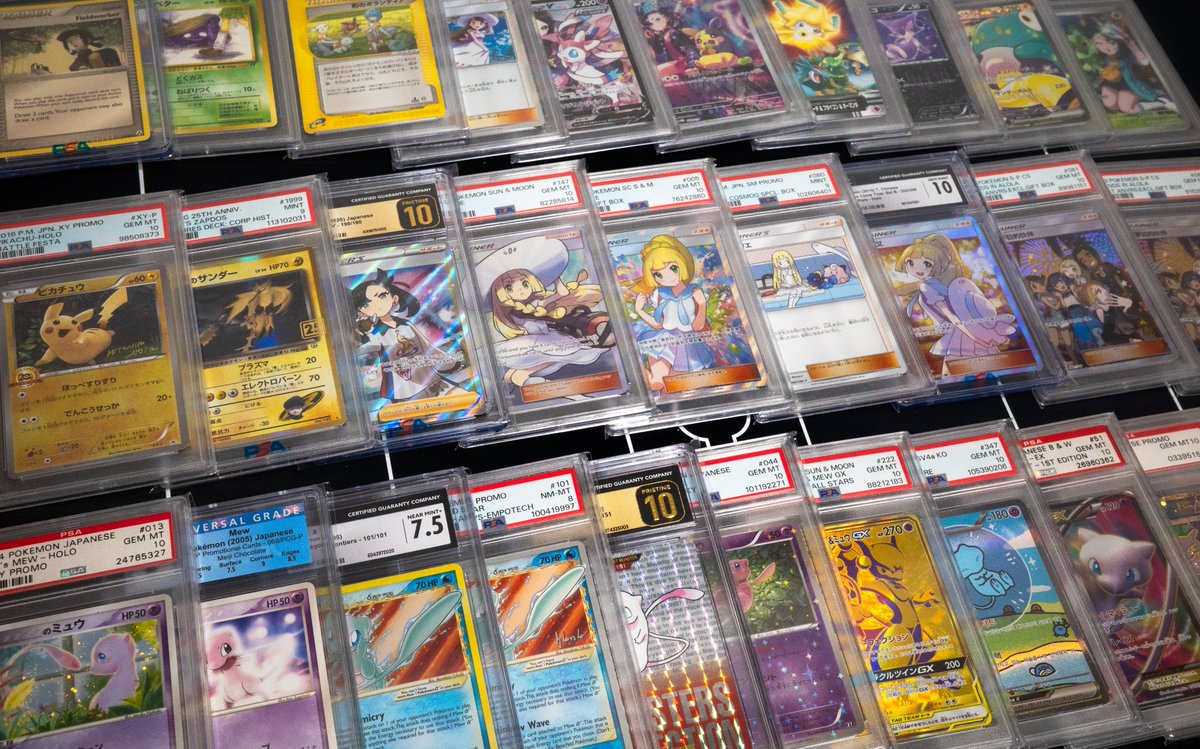
Gamified Experiences — Features like randomized pack openings and instant buyback options (notably on Collector Crypt) add a layer of excitement and engagement for users.
$124.5 Million Monthly Volume: The 2025 Trading Boom
The numbers tell a compelling story. In August 2025 alone, trading volumes for tokenized Pokémon cards soared to $124.5 million, marking a 5.5-fold increase since January. Platforms like Collector Crypt have fueled this explosion by introducing gamified experiences such as randomized pack openings and instant buyback options using their native CARDS token. Courtyard has focused on seamless listing, no shipping hassles, zero gas fees for trades, and instant redemption for those who want their physical treasures back in hand.
This unprecedented liquidity means collectors are no longer limited by geography or time zones. Anyone can participate in real-time auctions or make instant purchases 24/7. Transaction fees on these platforms typically range from 2, 4%, far outpacing traditional sites like eBay where fees often reach 13.25%. For serious investors and casual fans alike, this efficiency is game-changing.
Authenticity and Security: Why Blockchain Matters
Counterfeiting has always haunted the collectibles market, but blockchain technology flips that script entirely. Every step of the tokenization journey is recorded immutably: from grading reports to vault storage logs to NFT minting events on-chain. This transparent provenance assures buyers they’re getting exactly what’s promised, a real-world asset tied to an unalterable digital record.
The partnership between platforms and grading services like PSA or Beckett further strengthens trust within the ecosystem. When you buy a Pokémon card NFT, you’re not just acquiring pixels, you’re securing rights over an authenticated collectible with built-in fraud protection.
What Makes Tokenized Cards Attractive for Investors?
The appeal isn’t limited to die-hard collectors; investors are flocking to tokenized Pokémon cards as an innovative RWA (real-world asset) play within crypto portfolios. Benefits include:
- 24/7 global trading access
- Fractional ownership of high-value grails
- Dramatically reduced transaction costs compared to legacy auction houses
- Simplified cross-border investment without customs headaches
This dynamic market offers both emotional value for fans and financial opportunity for speculators, but it’s not without risks. Volatility remains high; regulatory frameworks are still evolving; redemption processes differ by platform; and liquidity can ebb if demand cools off suddenly.
For those navigating this new landscape, due diligence is more important than ever. Studying platform mechanics, redemption policies, and on-chain transparency can mean the difference between a rewarding experience and a costly misstep. It’s wise to track not just market prices but also the fine print, each platform’s approach to storage, insurance, and physical card retrieval varies. As always in crypto, security and self-custody best practices should be top of mind.
How to Get Started with Tokenized Pokémon Cards
Ready to join the action? The process is surprisingly accessible for both crypto natives and newcomers. Here’s what you need to do:
How to Buy, Trade, and Redeem Tokenized Pokémon Cards
-
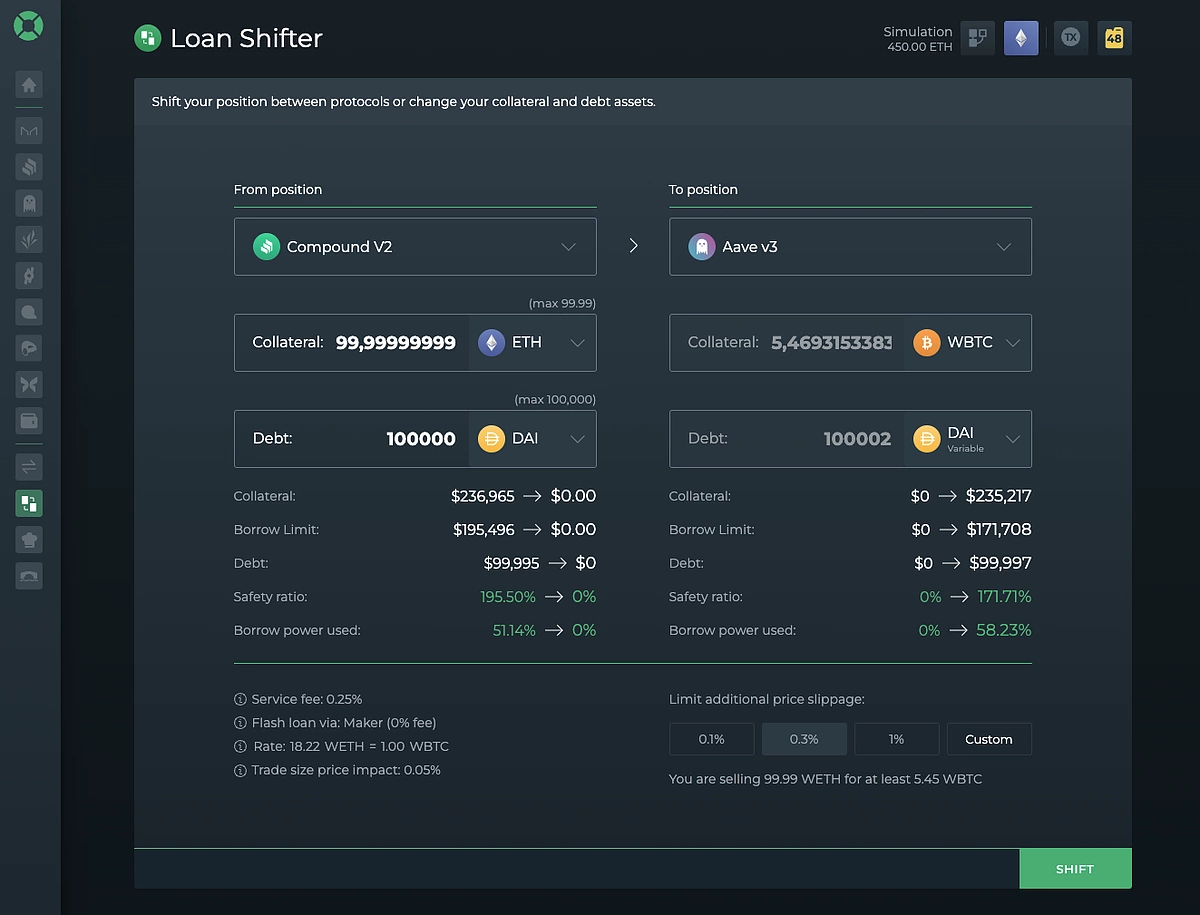
Create an account on a trusted platform such as Collector Crypt (Solana-based) or Courtyard (Polygon-based). Both platforms require wallet integration for secure transactions.
-
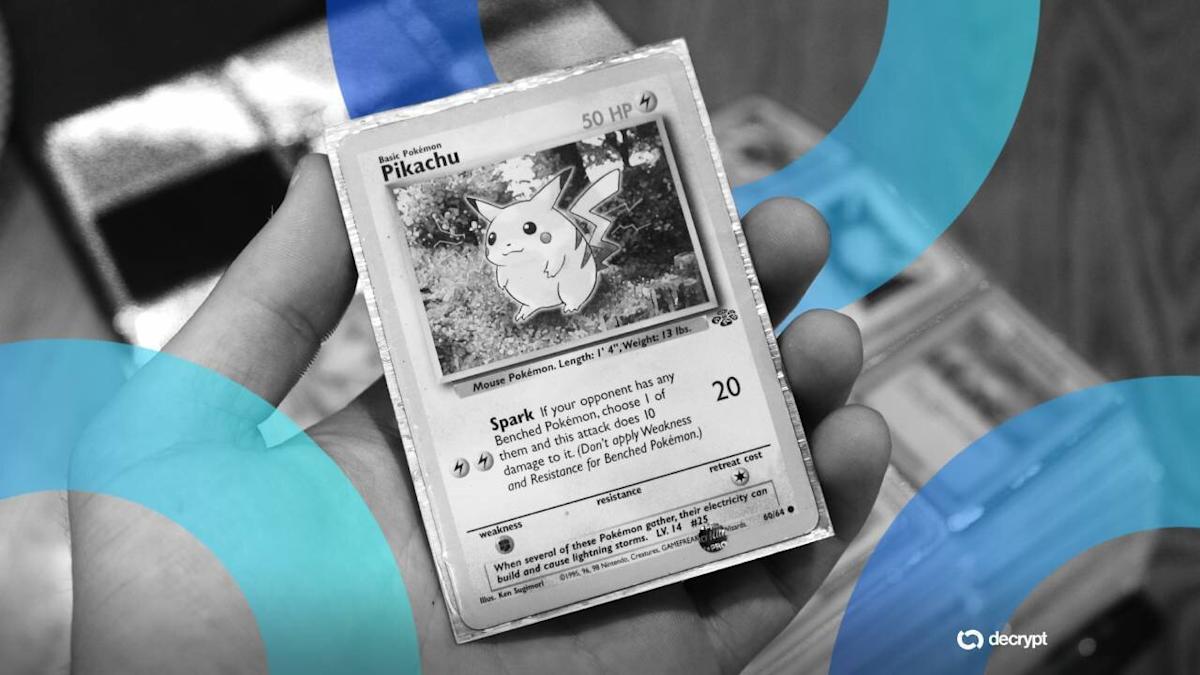
Browse and select tokenized Pokémon cards from the marketplace. Each NFT represents a 1:1-verified, graded physical card stored in a secure vault, with detailed provenance and grading information displayed.
-
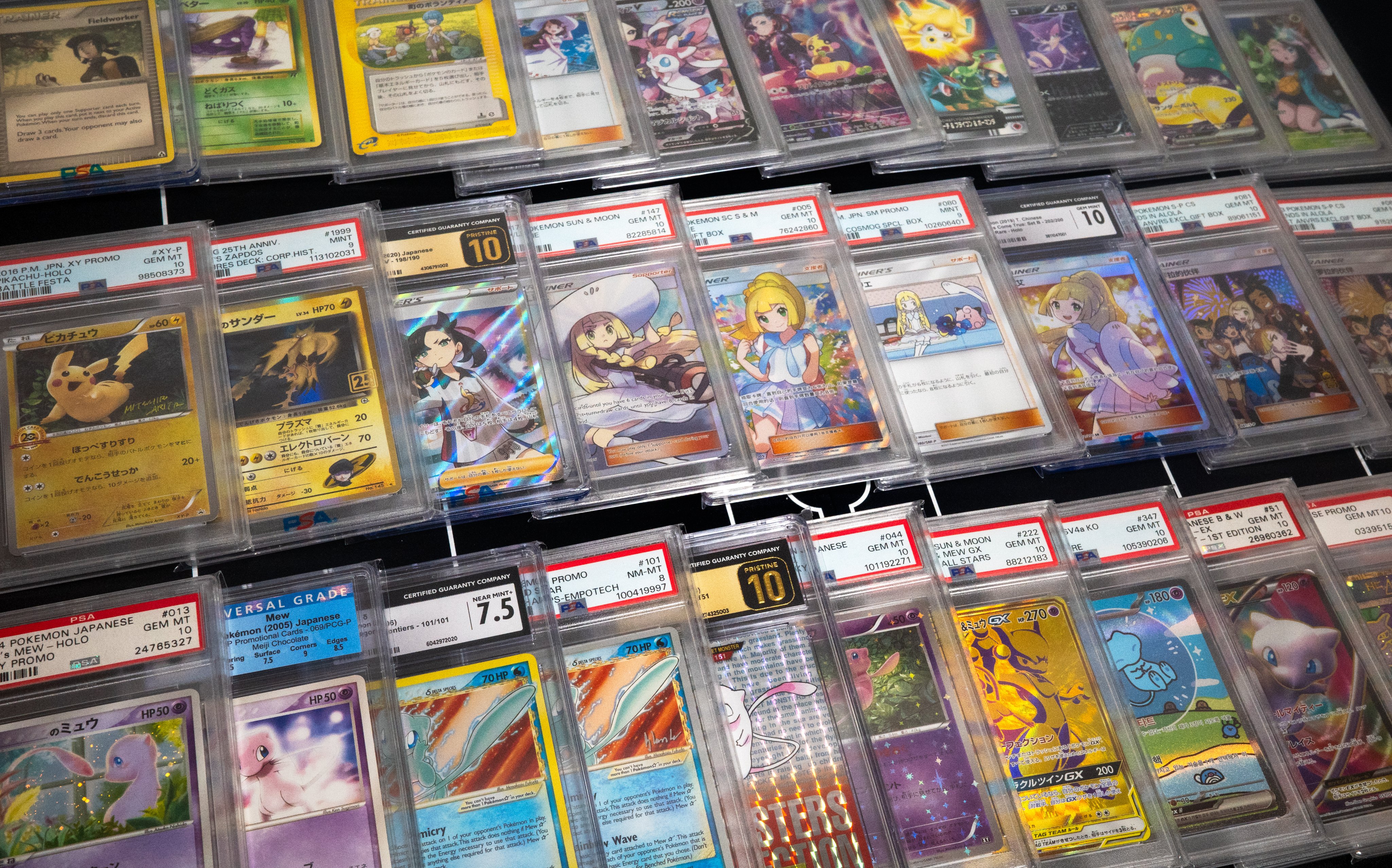
Purchase cards using supported payment methods. Collector Crypt utilizes the CARDS token on Solana, while Courtyard supports Polygon-based transactions. Ensure you have the necessary cryptocurrency in your connected wallet.
-
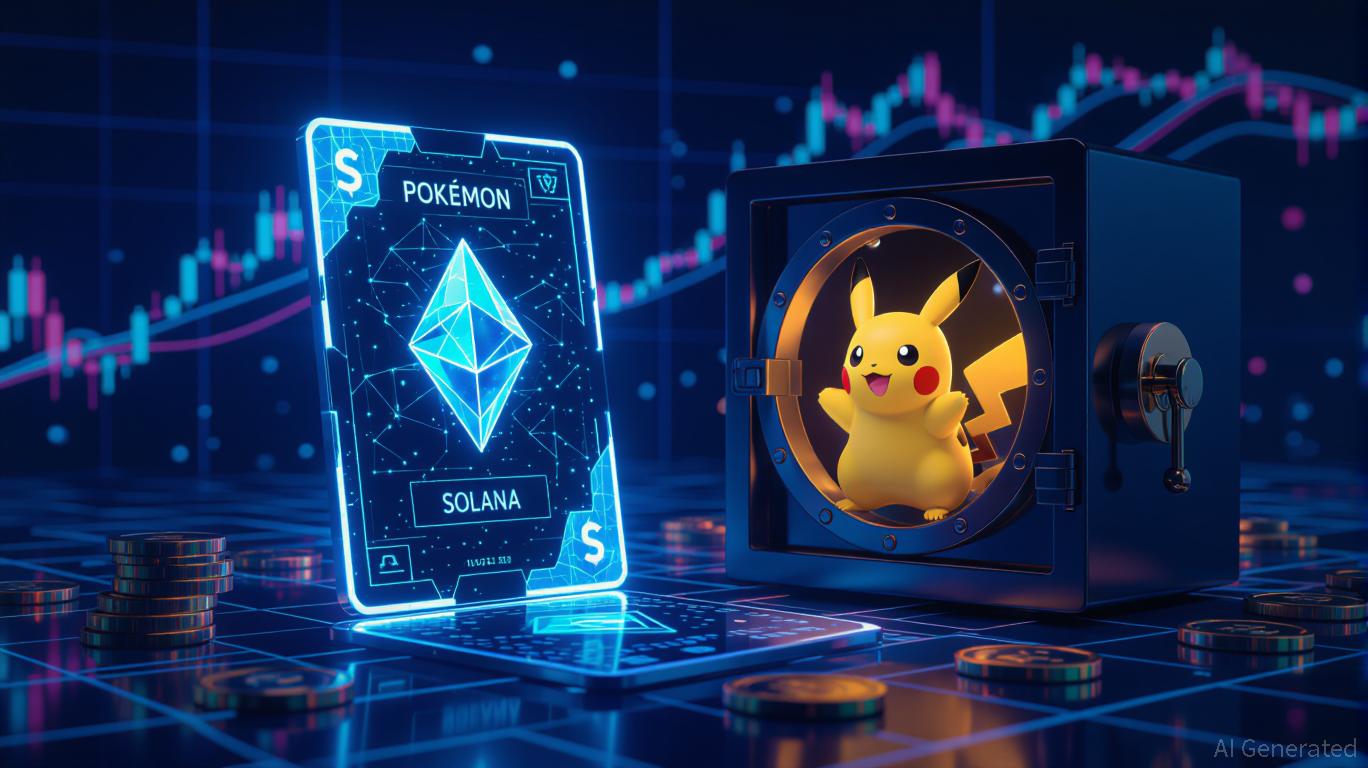
Trade or list your tokenized cards instantly on the platform’s marketplace. Benefit from 24/7 global trading, low fees (2–4%), and instant settlement, compared to traditional platforms like eBay.
-
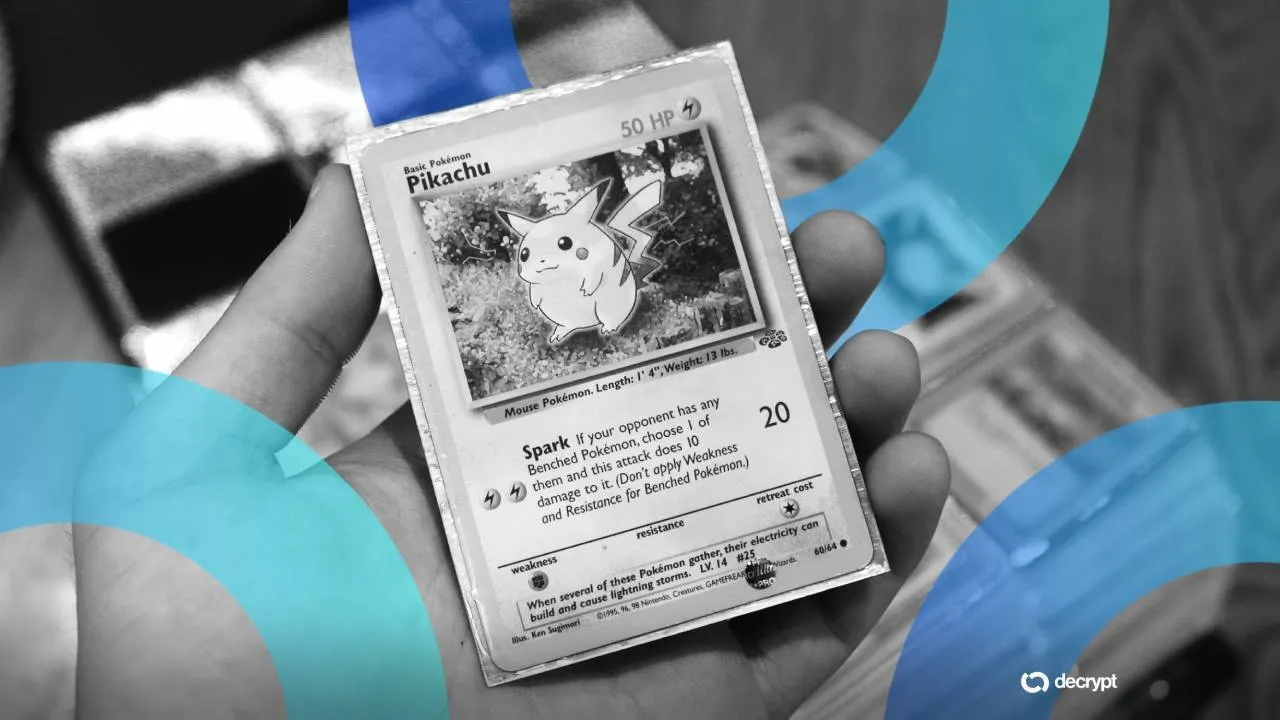
Redeem your NFT for the physical card at any time by initiating a redemption request. The platform will verify your ownership and ship the graded card from the vault to your address, completing the digital-to-physical transition.
For those who already own rare cards, tokenization presents another path: submit your graded assets to a supported platform for vaulting and minting as NFTs. This not only unlocks digital liquidity but also brings enhanced security against theft or damage, a win-win for long-term collectors.
If you’re looking for more detail on how the end-to-end process works or want tips on maximizing value from your collection, check out our comprehensive guide here.
2025: A Turning Point for Collectible RWAs
The $124.5 million monthly volume milestone is more than just a headline, it signals that Pokémon card NFTs have become a legitimate asset class within both the collectibles world and the broader crypto economy. The blend of nostalgia-driven demand with modern blockchain infrastructure has created an ecosystem where authenticity is provable, trading is frictionless, and ownership can be as flexible as you want it to be.
What comes next? Expect to see further innovation, fractional vaults for ultra-rare cards, expanded gamified experiences (think mystery packs with real on-chain odds), and integrations with DeFi protocols that could enable lending or staking against high-value Pokémon RWA holdings. The boundaries between collecting, investing, and gaming are blurring rapidly.
As always in fast-moving markets, staying informed is your best asset. Whether you’re here to relive your childhood or seeking alpha in emerging NFT trading cards marketplaces, 2025 proves that digital transformation isn’t just coming, it’s already reshaping how we collect, trade, and invest in Pokémon cards forever.



